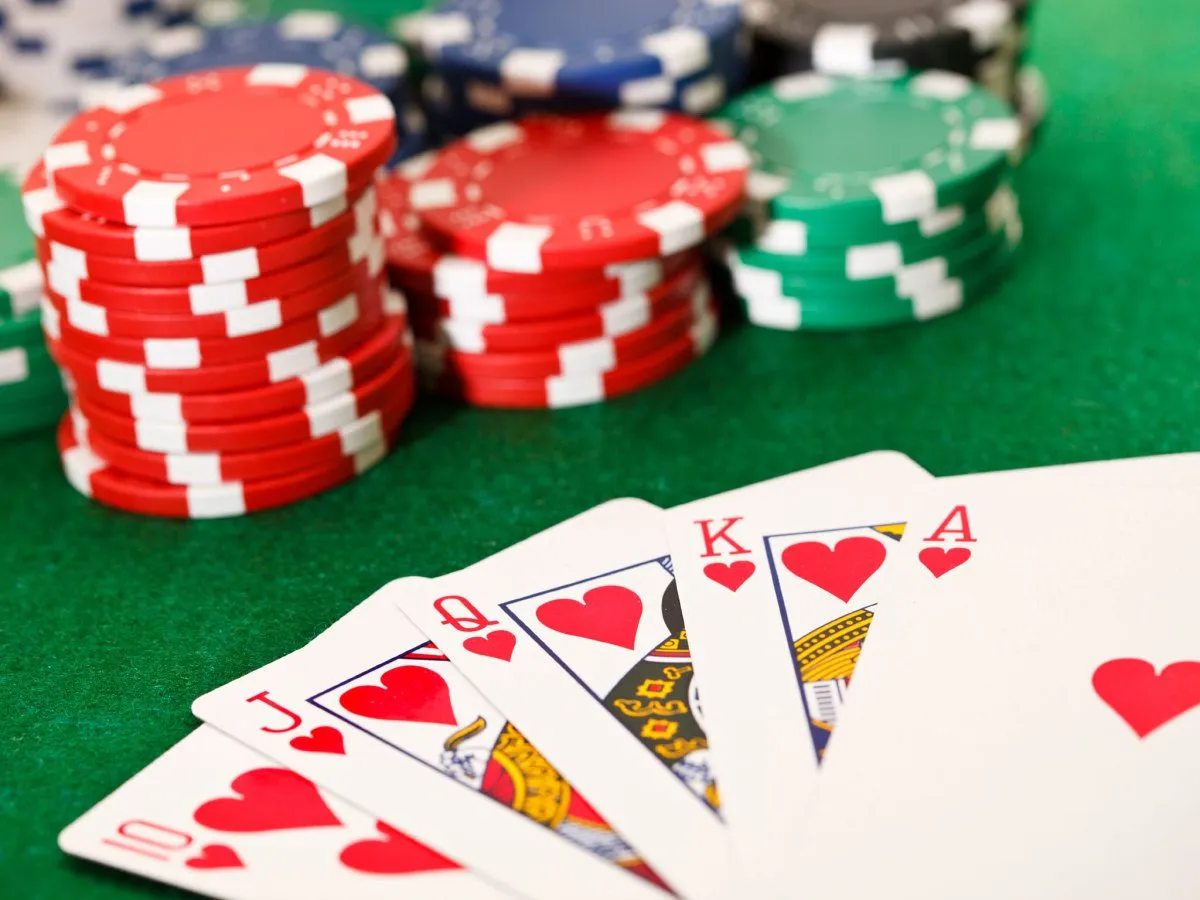Unwanted leaks of emotion not only give away your feelings, they also help your opponent figure out how good your hand is; which means, in poker parlance, staying ‘wet’ is the key to staying in the game.
Poker-face principles can also be applied in other circumstances outside of gaming. For example, tutors might need to keep a poker face when answering student questions.
Eye Contact
We hear a lot about the poker face, and that’s probably where people see the fateful look the most: at a card table. But it is everywhere, isn’t it? We want to see an official expression when some business deal is being struck, and we definitely want to see one when we work with the public – it just makes us look professional.
A poker player can let other players know how good her hand is by her facial expression and body language: for instance, leaning over your cousin’s shoulder and exhibiting tension, or making an exaggerated mouth-wiping gesture (known as a ‘suck-out’ gesture) when she’s dealt a pair of aces. Some ‘tells’ involve involuntary movement as a player takes her hand, such as biting her lower lip when her hand is very good, or displaying quivering hands when her cards elicit either enthusiasm or doubt. Good poker players learn to detect these signals, and use them to figure out what hand the other player has, and they also use these signals to create good bluffing strategies of their own.
Use a mirror to assess your baseline facial expressions and demeanour. Do some mise en scène by handling good news beats and bad beats or vice versa, noticing which emotions you have a difficult time disguising and making appropriate behavioural adjustments; engage in breathing and relaxation exercises to de-stress yourself and, lastly, flash real smiles. It’s the quickest way to disarm the table and get everyone to like you.
Emotions
Keep a poker face doesn’t just involve hiding your emotions: it also involves controlling your reactions.Emotions — and your body language — can be used strategically to help ensure that you are in control, in every sense, in a business negotiation, an interview or a presentation. A good poker face helps you to give the impression of being calm, but also fair, professional and trustworthy.
If you want to become more adept at this part of your performance, start practicing at low-stakes tables or with friends at low-stakes tables and allow yourself to experiment with, and look for, your opponents’ tells and, over time, you will be able to take this emergent skill and adapt it to different contexts and surroundings: the authentic smile might be employed for calming effects, feelings of nervousness conveyed through frowning faces, and sucking on an ice cube or splashing your face with cold water can provide a soothing effect by displacing affect. In adopting this tactic, your ability to maintain a pliable mask will enable you to maintain composure in a steady blank visage by which you might communicate without unduly ruining your position regarding the cards or hands you hold in play.
Body Language
Read body language because all serious poker players are also professional body-language readers; knowing how to read their faces, gestures and posture will tell you much more than even your opponent’s strongest tell: it will show you whether your opponent has a strong hand or not. And that goes without saying that you want to avoid staying at the poker table reading your cards while your opponents read you.
A good poker player attempts to make her face impenetrable, to involve others in a guessing game with none of her emotions showing – the key to the game is, of course, the ‘poker face’. But the poker player cannot always keep her feelings to herself and has to learn not to reveal her emotions at the tables.
Watch carefully as they surface their chips, hold their arms, and shift their weight about their bodies. Shaking hands might be a sign of weakness, and crossed or sagging legs might show hesitancy. Changes in breathing, too: sudden staccato or periods of holding one’s breath are telltale signs of lying — or at least, anxiety — and other things you might notice are the direction of their eyes, or perhaps the passage of a smile.
Bluffing
When done correctly, bluffing can be a valuable poker tool: it can make a junk hand seem strong, or a strong hand seem weaker; it can create dreadful pot odds against an opponent looking to land on premium hands; it can also cultivate an image at the table through the judicious crafting of strategic bluffs.
You also need patience and control not to reveal involuntarily that you may have a powerful hand. If your heart rate increases or your hands start to tremble, or you start showing other signs of nervousness, it will give you away.
People might think that if you are able to pick up on things like this, then you will be able to up your game when you play poker. In particular, you should focus on body language when bluffing, which is an important part of the game. There are several clues in body language that will give you information about other players at your poker table, and once you recognise them, you can use that information to enhance your bluff when you are playing at your local Ram Game Room poker table. You will also learn more about your opponents, and can create more effective bluffs, which will increase your likelihood of winning when you play.

